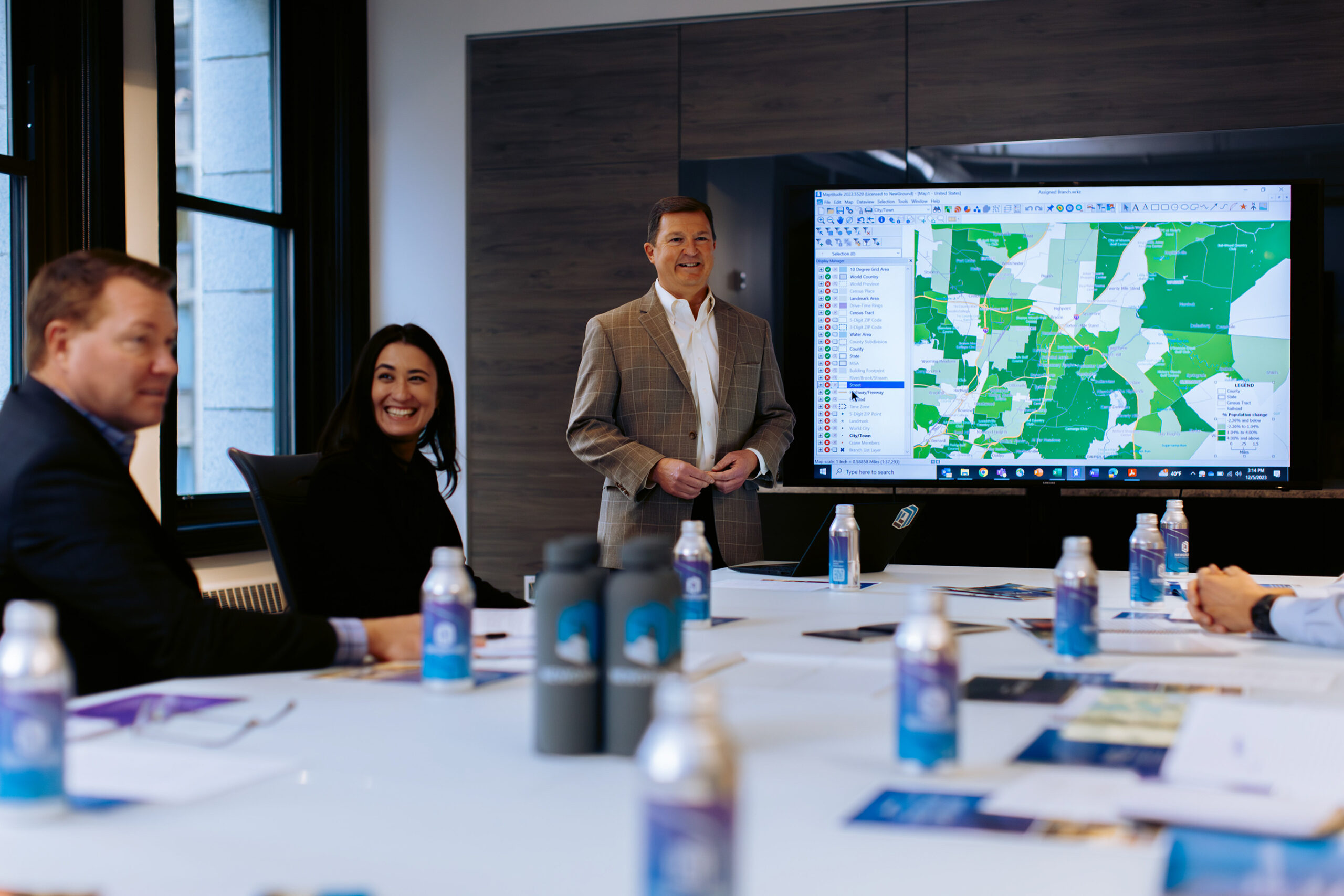The rise of hybrid workspaces post-pandemic has fundamentally changed how we approach work. To remain competitive and promote well-being in this new era, businesses are adapting their physical environments to support a hybrid workforce. Thoughtful office design is at the heart of this transformation, ensuring that workplaces are conducive to both collaboration and focused work.
The concept of a hybrid workspace has emerged as a pivotal solution for balancing remote and in-office work. A well-designed hybrid workspace not only enhances productivity but also fosters inclusivity and flexibility.

The Elements of an Effective Hybrid Workspace
Active Collaboration Areas
Collaboration is at the heart of innovation and problem-solving. Therefore, active collaboration areas should be designed to facilitate teamwork and creativity. Movable seating and dividers allow for flexible furniture arrangements that can be easily reconfigured to suit different team activities, ensuring the space can accommodate various group sizes and collaboration styles. Equipping these areas with whiteboards and digital screens empowers brainstorming and idea-sharing, enabling both in-person and remote team members to participate actively in discussions for an inclusive collaborative process.
Why are collaboration spaces so important? As workers shifted to remote work settings in 2020, Gensler’s Research Institute conducted a survey that revealed a drop in team collaboration time by 37%. Office design must lean into the advantages of a shared space, collaboration being chief among them. With the right design and the right technology, employees and teams can still collaborate equally, regardless of where they’re working from.
Focus Spaces for Deep Work
By definition, hybrid workspaces must include areas where employees can concentrate without interruptions. Individual desks equipped with ergonomic furniture and necessary technology support focused tasks. Each desk should provide ample space for employees to spread out their materials and work comfortably. Additionally, phone booths and call pods, which are small, enclosed spaces, provide the necessary soundproofing to prevent external noise from disrupting focused work. This also makes these spaces perfect for making private calls or having quiet conversations.
Another effective design strategy involves clustering desks to minimize visual distractions, thus creating a more controlled environment for deep work by reducing the number of people in the line of sight, which helps employees maintain better focus and emotional stability.
Formal Rooms for Private Discussions
Private meetings and focused group work require dedicated formal rooms. Meeting rooms equipped with advanced video conferencing technology ensure that remote and in-person participants can communicate seamlessly, with high-quality audio and visual equipment being essential for effective virtual collaboration. Additionally, workshops designed for team-specific needs provide privacy and the right environment for concentrated work, with these rooms being customizable to suit the specific requirements of different teams and projects.
Casual Areas for Social Interactions
Social interactions are crucial for team bonding and communication. Casual areas in a hybrid workspace should provide comfortable lounges where employees can relax and have informal conversations, fostering a sense of community and allowing for spontaneous interactions that can lead to creative ideas. Dedicated eating areas are also vital, providing welcoming and comfortable spaces for meals and socialization, encouraging employees to take breaks and engage with colleagues in a more relaxed setting.
Flexibility in Workspace Design
Flexibility is a key component of a successful hybrid workspace. Allowing employees to move their desks to minimize distractions and enhance focus can help them feel more in control of their work environment. Implementing physical cues for availability, such as visual signals like headphones or colored cards, can indicate when an employee is available or focused on deep work, helping to reduce interruptions and create a more respectful and productive environment.
Inclusivity in Meetings
Ensuring that all employees, whether remote or in-office, have equal participation in meetings is crucial. Adopting the “one face per screen” rule, where each participant joins virtual meetings from their own device, ensures everyone has an equal presence and prevents in-room attendees from dominating the conversation, allowing remote participants to contribute fully. Tailoring social activities to different teams also fosters genuine connections, with remote teams engaging in online games while in-office teams participate in in-person celebrations or team-building exercises.

Educating Employees on Workspace Utilization
Make your intentions clear and educate your teams on how to use different spaces effectively. Clear signage and verbal reminders can guide employees on the appropriate use of various areas, with labels on doors and desks indicating which spaces are designated for focused work versus collaboration. It’s also important to involve employees in the design process through regular feedback. By doing so, workspaces remain relevant and you can remain supportive of each employees’ work styles, helping to evolve the space to meet changing needs.
Your Ideal Hybrid Workspace
A hybrid workspace that thoughtfully integrates focus areas, collaboration zones, formal meeting rooms, and casual social spaces can significantly enhance productivity and employee satisfaction. By prioritizing flexibility, inclusivity, and clear communication, organizations can create an environment where both remote and in-office employees thrive. As we continue to navigate the evolving landscape of work, the hybrid workspace stands out as a dynamic and effective solution for the future.
Learn More: How Financial Institutions can Adapt to Hybrid Work Environments | NewGround
If you are ready to imagine and design the perfect hybrid workspace for your organization, NewGround can help. Reach out today to learn more.